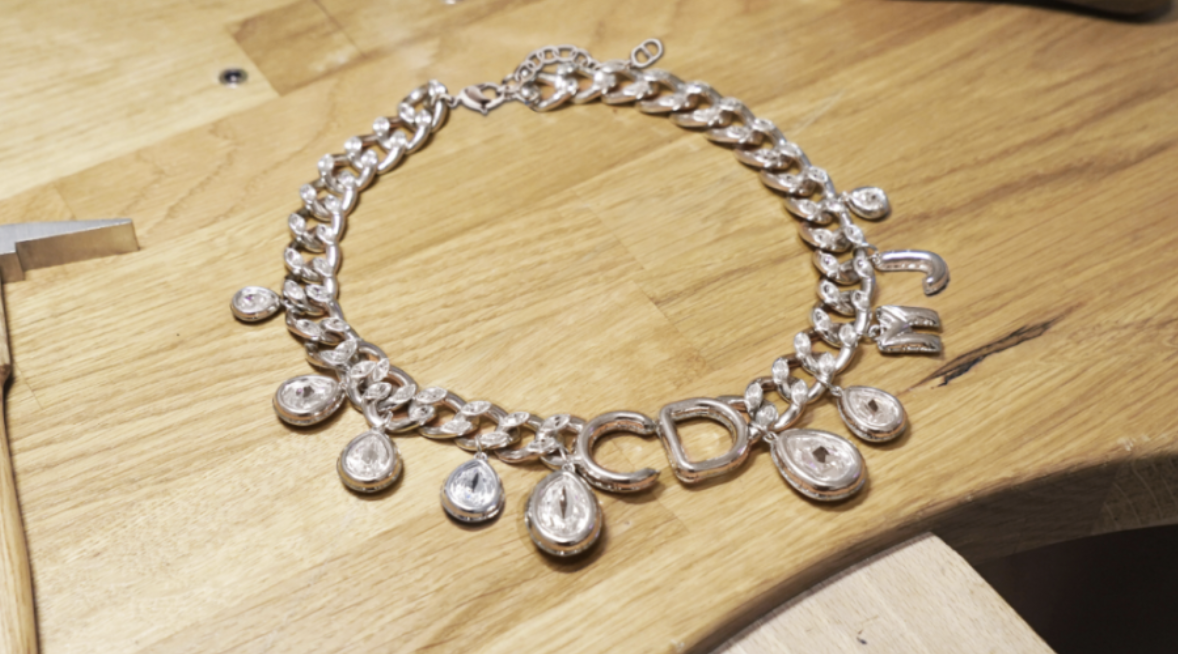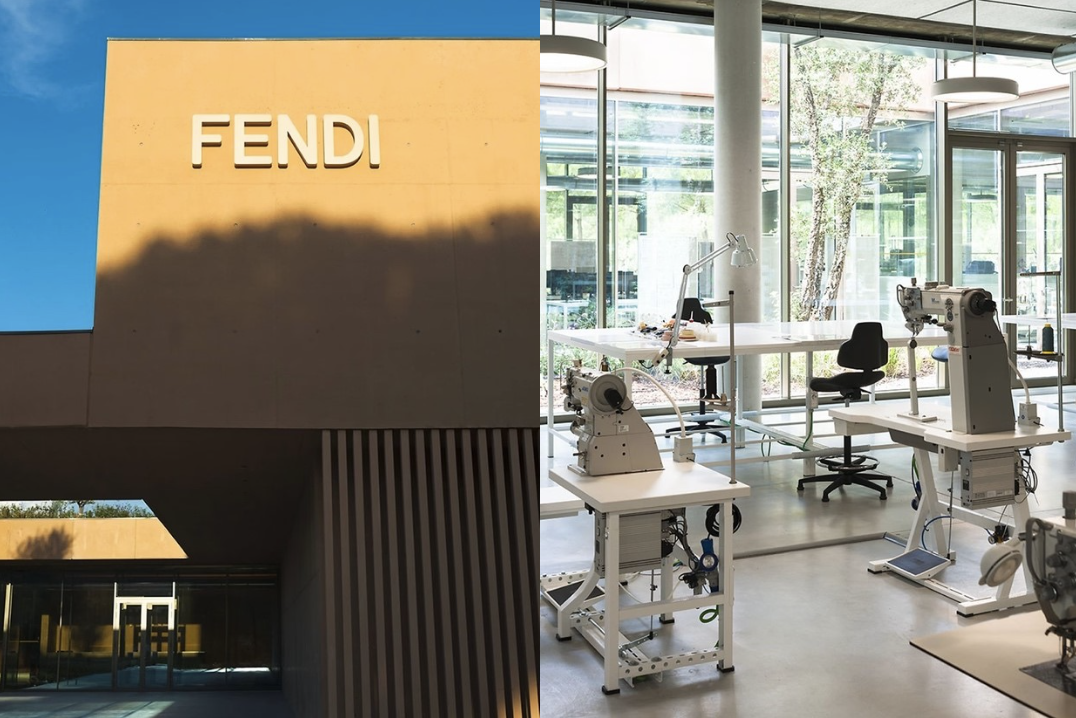
How is the luxury industry building its future as a force for cultural and creative excellence?
Luxury brands are stepping into the role of cultural leaders, setting trends and driving aspirations on a global scale. Today’s luxury audiences are buying into brands for reasons beyond their product offerings, looking to luxury that signals status through craftsmanship, provenance and storytelling.
In this sense, luxury consumers are transforming into collectors, seeking exclusive experiences, limited-edition collaborations and crafted storytelling that show their own luxury knowledge and know-how. Notably, this cultural cachet has no price tag: almost half (47%) of young luxury shoppers are willing to pay more to be the first or only person to have a product, according to ESW.
To meet this new drive, brands are focusing on the true value of luxury – pioneering the quality, longevity and creativity at the heart of the industry to drive value. As Helen Brocklebank, CEO of Walpole, explains: ‘I think luxury would see itself as having a role as a culture generator. There is an experience without being a purchaser, and this idea of luxury being beyond price is absolutely fundamental.’
In this edition, we explore how luxury is redefining its essence, exploring the activations that are celebrating and solidifying its cultural impact.
Luxury brands are teaming up to combine their legacies, creating exclusive moments that embody time-honed craft and creativity.
Honouring Designers: Fashion luminaries are mixing and matching brand design codes to create exclusive pieces. In 2024, designers including Anna Sui, Pat McGrath and Dior’s Kim Jones joined Marc Jacobs’ 40th anniversary celebrations, each creating items to honour the designer’s tenure. As a tribute to Jacobs’ penchant for a statement, Kim Jones created a limited-edition chain necklace incorporating balloon-style CD and MJ initials alongside crystal pendants, with just 20 pieces available at Dior boutiques worldwide.
Luxury Meets Legacy Retail: This year, Dior marked Harrods’ 175th anniversary with a wave of exciting activations – launching pop-ups, exclusive bags and historic beauty to celebrate the house’s special friendship with the storied London department store. The Harrods Amphora (of which only 47 have been made) was one example, encasing Miss Dior Originale, an eau de toilette by the house’s perfume director Francis Kurkdjian, crafted to match the original 1947 Miss Dior fragrance.
Creating a Scene: Luxury houses are delving into their own heritage – curating and creating immersive moments to illustrate their brand evolutions. Spanish luxury fashion house Loewe embarked on a journey through time with its inaugural exhibition, Crafted World. Delving into the brand’s 178-year legacy, the retrospective spanned iconic artefacts, from 20th-century iron tools to contemporary milestones such as Rihanna’s customised red suit for the Super Bowl LVII Halftime Show and its highly sought-after partnership with Studio Ghibli, enabling Loewe to reinforce its brand identity while fostering deeper connections with its consumers.
Continue the conversation: What does brand heritage mean to your clients? Explore how Dior could celebrate special occasions in ways they would enjoy.
 Image: Marc Jacobs 40th anniversary necklace by Kim Jones
Image: Marc Jacobs 40th anniversary necklace by Kim Jones
The luxury industry is shifting its audience’s mindset from spending on luxury to investing in luxury, re-imagining exclusivity by breathing new life into brand icons.
Collector Mindset: For next-generation luxurians, lore and loyalty are becoming bigger drivers than constant consumption. Affluents intend to keep their purchases for a long time: 91% of consumers say for at least five years, while 31% for at least 20, according to The Business of Fashion. This is driving demand for collectable items: among Gen Z and Millennials, 56% would forgo the latest trends in favour of a one-of-a-kind piece, according to ThredUp, and this taste for the curated and the rare is pushing these generations to refashion themselves as collectors rather than the negatively charged label, consumers.
Artistic Interpretations: Future collectables are emerging through creative collaborations, as brands invite artisans to re-imagine signature designs. Dior’s Lady Art Project is one example, with the house recruiting artists to put their own creative spin on the classic Lady Dior handbag. For the latest reveal, 11 creatives from around the world (including China, Peru, South Korea and the US) re-imagined the classic silhouette through their own identity and artistic vision.
Transforming Timepieces: Brands are homing in on traditional luxury sectors – enjoying new ventures into horology with exclusive, high-quality timepieces. In 2024, Dior revitalised its Chiffre Rouge watch range with five new pieces, endowing Hedi Slimane’s original designs with new technical capabilities, sleek design features and in-the-know brand flourishes: all watches include the iconic CD crown, while the 8 – Monsieur Dior’s lucky number – remains the only numeral illuminated in red.
Continue the conversation: Discuss your clients’ approach to limited-edition drops and exclusive collections – do they consider their purchases to be collectors’ items? Explore the luxury verticals (apparel, leather goods, watches, jewellery, homeware) they are most interested in investing in.
 Images: Fendi factory, Tuscany, Italy
Images: Fendi factory, Tuscany, Italy
Houses are homing in on luxury craftsmanship. Exciting activations and new technologies are bringing a fresh focus to the inner workings of brands, opening up new opportunities for the industry to create, learn and celebrate artisanship.
Showcasing Exceptional Workmanship: Houses are bringing the ‘petites mains’ that make the magic happen to the limelight through craft-centric activations. The state-of-the-art Fendi Factory in Tuscany is testimony to the brand’s promise of Made in Italy excellence. The spring/summer 2024 men’s show was held in the facility, with 700 artisans working in the background while playful, craft-inspired silhouettes were shown. The brand is also pushing heritage globally with the art exhibition Hand in Hand, held in a Beijing temple in China. Similarly, Bottega Veneta is spotlighting local production and has opened a footwear factory in Veneto, with a façade made of perforated metal panels mimicking the brand’s signature intrecciato woven pattern.
Communicating Artisanship: Craft-centric communications that reveal the inner workings of artisanship are flourishing. Take Cartier’s hard luxury campaign spotlighting the 50-year rich heritage of the Baignoire watch, Mulberry’s Made to Last activation, or jeweller Piaget’s House of Gold series of videos sublimating the brand’s obsession with the fine material. Elsewhere, Rolex is starring its five-pointed crown motif in the digital heritage series The Man Behind the Crown, while Jaeger-LeCoultre is paying homage to house heritage with the In the Making campaign spotlighting restoration workshops.
Reshaping Craft Through Technology: Craftsmanship is reliant on human skills and manual work by definition. But tech is emerging to augment creative possibilities, pushing the boundaries of luxury as we know it. Digital platform Draup advances the idea that ‘code is couture’, using generative algorithms to create haute couture garments that can only exist online.
Continue the conversation: Discuss your clients’ interest in the workmanship at the heart of the Dior house. How would they enjoy seeing this showcased?
Trends intelligence, research, and insights – on demand. Actionable foresight across 20+ sectors.
Book a demo to view the platform.